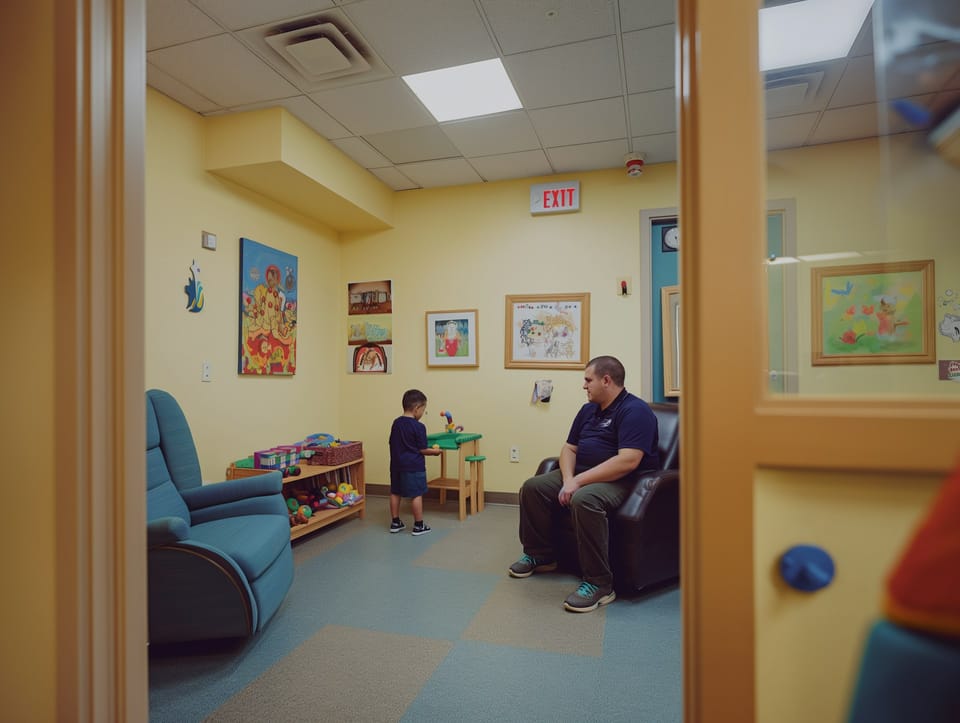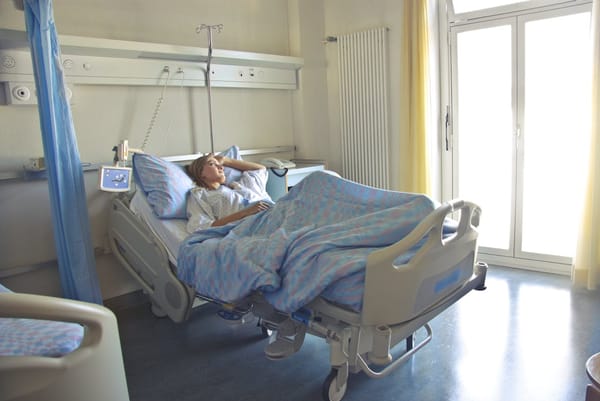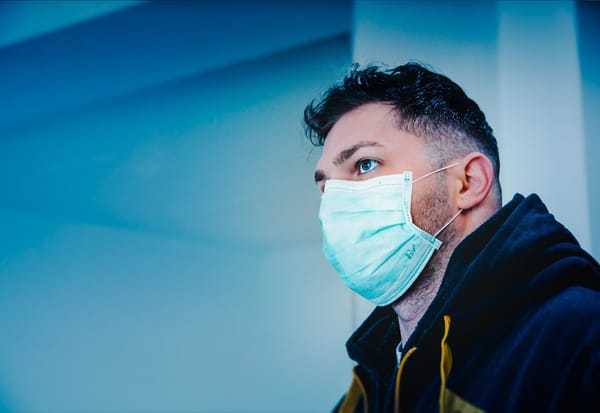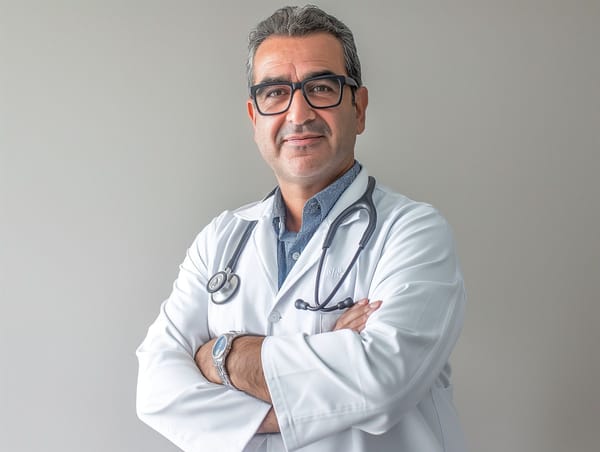What Every Patient Should Know About Ensuring Their Safety in Healthcare in The US and Canada
Are You Truly Ready to Put Your Mobile or Web App to the Test?
Don`t just assume your app works—ensure it`s flawless, secure, and user-friendly with expert testing. 🚀
Why Third-Party Testing is Essential for Your Application and Website?We are ready to test, evaluate and report your app, ERP system, or customer/ patients workflow
With a detailed report about all findings
Contact us nowTable of Content
Patient safety isn’t just a buzzword in the medical world; it’s a fundamental right and a necessity. As someone who has worked as both a medical doctor and a software engineer, I’ve witnessed how simple missteps, often preventable, can lead to significant harm.
Whether you’re visiting a clinic in Toronto or undergoing surgery in New York, being proactive about your safety in healthcare settings can make all the difference.
Let me guide you as a doctor through key strategies, real-world scenarios, and legal insights from the US and Canada to help you navigate this complex yet essential topic.
1. Start with the Basics: Verify Your Identity
It might sound overly simplistic, but verifying your identity is where patient safety begins. The healthcare systems in the US and Canada heavily emphasize this step due to past incidents where patients received incorrect treatments.
In 2018, a hospital in Minnesota mistakenly performed surgery on the wrong patient due to an identification mix-up. This incident led to a lawsuit and highlighted the importance of rigorous identity checks.
- What you can do:
- Wear your ID bracelet: Whether you’re admitted to a hospital in Vancouver or attending a day procedure in Chicago, ensure you wear your identification bracelet at all times.
- Double-check with staff: Don’t hesitate to ask your healthcare provider to confirm your name and procedure before any treatment.
- Be proactive: If a nurse skips checking your ID, politely remind them. It’s your health on the line.
2. The Importance of Informed Consent
Informed consent isn’t just a formality; it’s a legal requirement in both the US and Canada. This process ensures you understand the risks, benefits, and alternatives to any procedure or treatment.
In Ontario, a patient’s surgery led to complications that weren’t disclosed beforehand. The court ruled in the patient’s favor, emphasizing that doctors must communicate all risks, no matter how rare.
- What you can do:
- Ask questions: Don’t let medical jargon intimidate you. For example, if a doctor recommends a laparoscopic cholecystectomy, ask them to explain the risks in plain terms.
- Read thoroughly: Before signing any consent form, take your time to understand every detail. If something feels unclear, request clarification.
- Document everything: Keep a copy of the consent form for your records. In both the US and Canada, this can serve as crucial evidence if something goes awry.
3. Stay Alert to Infection Risks
Healthcare-associated infections (HAIs) remain a major concern globally. Both countries have strict protocols, but vigilance is key.
A patient in a Montreal hospital contracted a severe infection after an improperly sterilized catheter was used. The hospital’s infection control team faced heavy scrutiny.
- What you can do:
- Observe hand hygiene: Politely ask healthcare workers if they’ve sanitized their hands. For instance, before inserting an IV, a simple, “Did you clean your hands?” can make a big difference.
- Check equipment: Ensure all medical tools, like syringes and catheters, are opened in front of you to guarantee sterility.
- Practice personal hygiene: Before surgeries, shower with an antiseptic soap as recommended. It’s a small step that can reduce your risk significantly.
4. Get Familiar with Your Medications
Medication errors are among the most common preventable mistakes in healthcare. A robust understanding of your prescriptions can save you from potential harm.
- A real case: In Washington State, a patient was prescribed a medication they were allergic to due to a missing note in their medical record. This oversight led to anaphylaxis and a legal battle.
- What you can do:
- Maintain a list: Carry an updated list of your medications and allergies. Include over-the-counter drugs and supplements.
- Ask questions: For example, if prescribed a new drug, ask about its side effects and interactions with your current medications.
- Check your records: Ensure your allergy history is prominently documented, especially during hospital visits.
5. Surgical Safety: Insist on the "Time Out" Procedure
In both the US and Canada, the "Time Out" protocol is mandated before surgeries. This pause ensures the surgical team confirms the correct patient, site, and procedure.
- A real case: A patient in New York had the wrong leg amputated due to a failure to follow the "Time Out" protocol. This tragic error led to new safety regulations.
- What you can do:
- Speak up: Before surgery, confirm the procedure with your surgeon. For instance, if you’re having knee surgery, ensure the correct knee is marked.
- Participate: If the team skips or rushes through the "Time Out," remind them of its importance. It’s your right.
6. Effective Communication Can Save Lives
Miscommunication is a leading cause of errors in healthcare. Being clear and assertive can bridge gaps.
- A real case: A patient in Calgary suffered complications after a doctor misunderstood their allergy to a specific anesthetic.
- What you can do:
- Be transparent: Share your complete medical history, even if it feels unrelated.
- Ask for summaries: After discussions, request a summary of the plan to ensure mutual understanding.
- Involve family: Having a loved one present can help capture details you might miss.
7. Preventing Falls: A Simple Yet Crucial Step
Falls are a common risk, especially for hospitalized patients. The consequences can range from minor injuries to life-threatening complications.
An elderly patient in a Boston hospital fell due to poor lighting and cluttered pathways, resulting in a lawsuit.
- What you can do:
- Use aids: If you feel unsteady, request a walker or cane.
- Keep the area clear: Ensure your room is free of obstacles and that your call bell is within reach.
- Ask for help: Never hesitate to call for assistance when moving.
8. Your Medical Records: Your Right, Your Responsibility
Access to your medical records is a right in both the US and Canada. Keeping them accurate and updated is essential for continuity of care.
A Toronto patient’s misdiagnosis persisted for years due to an error in their medical records. Correcting it required legal intervention.
- What you can do:
- Request copies: Regularly obtain and review your medical records for errors.
- Spot inaccuracies: If you find mistakes, report them to your healthcare provider immediately.
- Know your rights: Both US HIPAA regulations and Canadian privacy laws entitle you to access and amend your records.
9. Reporting Errors and Near Misses
Speaking up about errors isn’t just about seeking justice; it’s about preventing future incidents.
In Seattle, a patient’s report of a medication error led to systemic changes in the hospital’s pharmacy protocols.
- What you can do:
- Use official channels: Most hospitals have a patient safety hotline or feedback form.
- Document your experience: Note dates, names, and details for accuracy.
- Seek support: Advocacy groups in both countries can guide you through the reporting process.
10. Be Your Own Advocate NOT your own Doctor!
Ultimately, the most reliable guardian of your health is you. Take charge, stay informed, and trust your instincts.
A patient in Dallas avoided unnecessary surgery by seeking a second opinion, which revealed a misdiagnosis.
- What you can do:
- Educate yourself: Learn about your condition and treatment options.
- Seek second opinions: Especially for major diagnoses or procedures, consulting another specialist can provide clarity.
- Trust your gut: If something doesn’t feel right, speak up or explore other options.
Conclusion
Patient safety isn’t just the responsibility of healthcare providers; it’s a partnership that requires active involvement from patients. By staying informed, asking questions, and taking preventive measures, you can protect yourself and even contribute to improving the system for others.
After all, healthcare should be about healing, not harm, and with the right knowledge and approach, we can ensure it stays that way.











